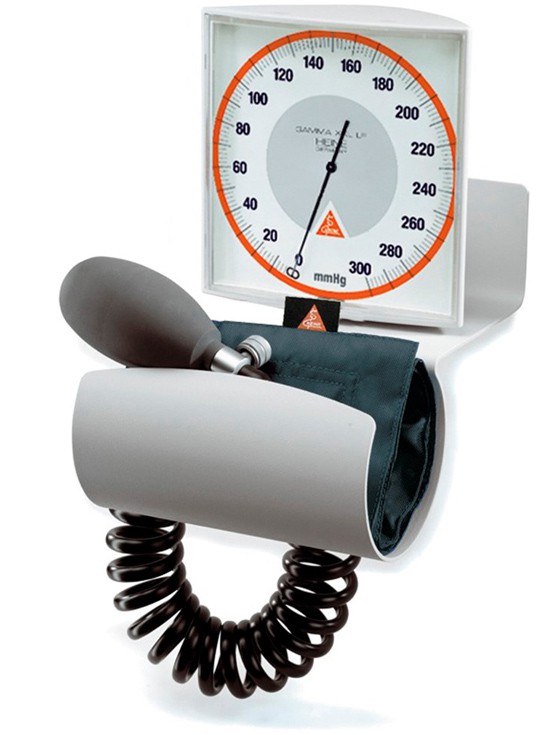


Brainwaves can then be categorized based on their level of activity or frequency. The 5 main types of brainwave frequenciesĭifferent patterns of brainwaves can be recognized by their amplitudes and frequencies. Particular oscillations often reflect distinct regions and networks in the brain communicating with each other. The brain has many specialized regions that correspond to different processes, thoughts, and sensations. Some of these brain oscillations are more easily detectable on specific parts of the scalp, corresponding to the parts of the brain just below. While there are many other ways to analyze brainwaves, many practitioners of a field called neurofeedback rely on dividing brain oscillations into these five categories. As we’ll see, these different brainwaves correspond to different states of thought or experience. When looked at this way, brainwaves come in five flavors, each of which corresponds to a Greek letter. Some oscillations, measured on the scalp, occur at more than 30 cycles per second (and up to 100 cycles per second!) These cycles, also called frequencies, are measured as Hz, or hertz, after the scientist who proved the existence of electromagnetic waves. One way that EEG ‘brainwaves’ convey information is in their rate of repetition. (Encephalon, the brain, is derived from the ancient Greek “enképhalos,” meaning within the head.) This is electroencephalography, or EEG – a fancy word that just means an electric brain graph. By placing electrodes on the scalp, this activity can be amplified, analyzed, and visualized. When many neurons interact in this way at the same time, this activity is strong enough to be detected even outside the brain. When all these neurons are activated they produce electrical pulses – visualize a wave rippling through the crowd at a sports arena – this synchronized electrical activity results in a “brainwave”. Communication happens between them through small electrical currents that travel along the neurons and throughout enormous networks of brain circuits. The brain has billions of neurons, and each individual neuron connects (on average) to thousands of others. Neuroscientists have been studying brainwaves – the popular name for the field of electroencephalography – for nearly a century. While brainwaves can be a figure of speech to describe our thoughts, scientists and clinicians can use literal brainwaves, measured on the head, to help understand the functioning of the human brain.Īs it turns out, the key to having more of these ‘aha’ moments lies in understanding the science behind brainwaves. In between sips of coffee, while out for a walk, or simply indulging your dog in a good belly rub. And typically, it seems to appear out of nowhere. That moment of newfound clarity, a shift in perspective, or a novel idea. We’ve all experienced that magical feeling of being hit with ‘a brainwave’.


 0 kommentar(er)
0 kommentar(er)
